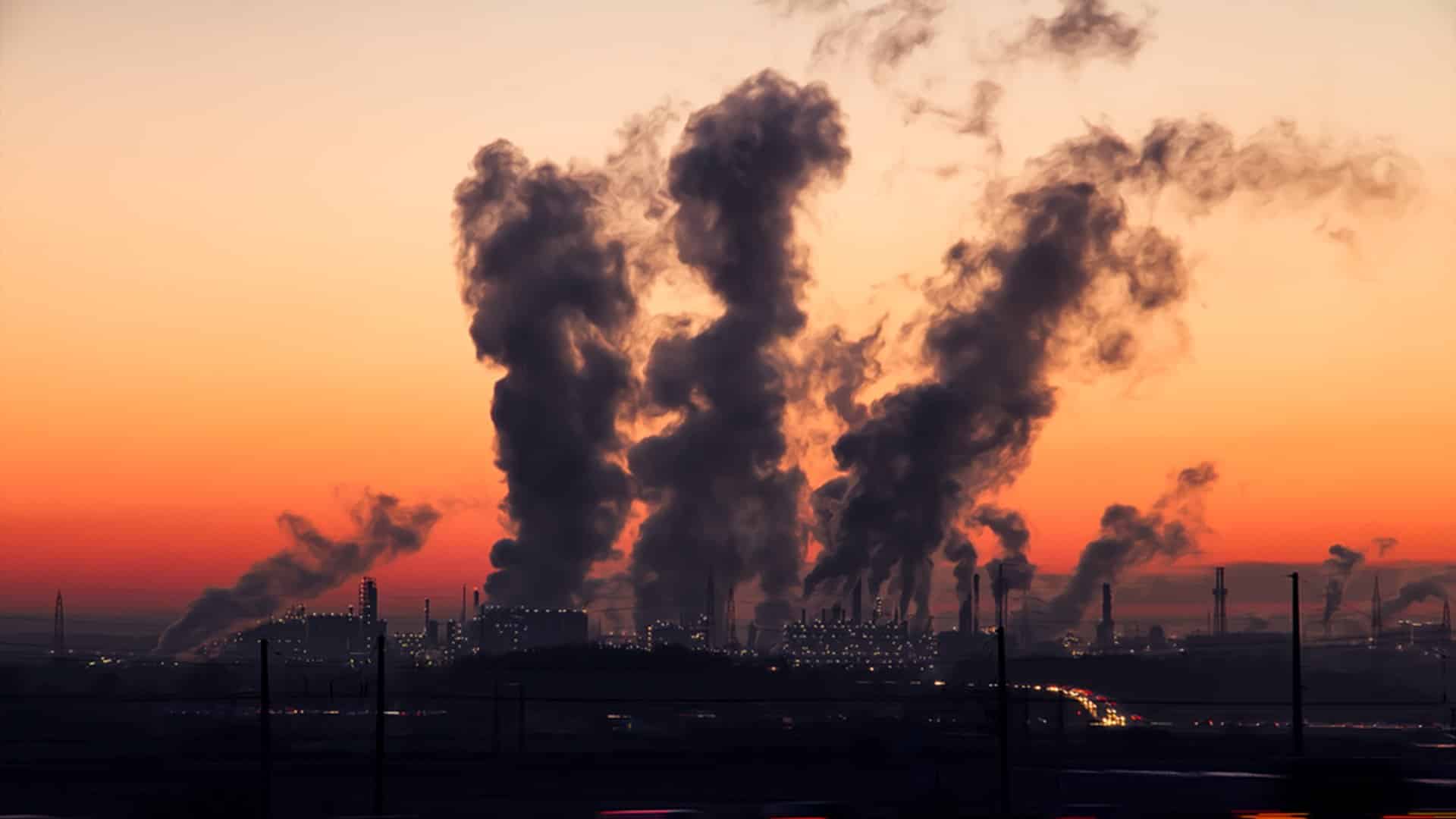In the late 70s, climate scientist found that the ozone layer was fastly depleting due to growing use of chlorofluorocarbons (CFCs) as refrigerants and as propellants in aerosol cans, among other applications. In September, 1987, Montreal Protocol, a landmark multilateral environmental agreement was reached to protect the ozone layer by phasing out the production of chemicals responsible for its depletion. India, being a signatory to Montreal treaty, has met the phaseout targets of several ODSs as per the Montreal Protocol Schedule. World Ozone Day is observed every year to remind individuals and governments about the importance of Ozone layer for the survival of species on earth.
Hydrochlorofluorocarbon (HCFC)-141b, one of the most potent ozone-depleting chemicals, was completely phased out last year. CFCs were gradually replaced, first by HCFCs, or hydrochlorofluorocarbons. The transition from HCFCs to HFCs is still happening. At present, we are stage-II of the HCFC phase-out management plan (HPMP). Researchers have found that these ozone wrecking chemicals would have warmed the earth by 2.5 C by the end of the century and worsened the climate crisis, if they had not been banned.
While 90% of Ozone, concentrated in the stratosphere, plays a key role shielding earth from harmful ultravoilet radiations, the remaining 10%, found near ground level, is a hazardus air pollutant. O3 is also a potent greenhouse gas contributing to global warming. The high concentration of O3 in troposphere can severely impact athlete’s performance, worsen respiratory problems, cause eye irritation, chest pain, coughing and nausea.
Unlike most airpollutants, tropospheric ozone is formed by the interaction of sunlight, particularly ultraviolet light, with nitrogen oxides (NOx), carbon monoxide (CO) and volatile organic compounds. Since 1900, the amount of ozone near the Earth’s surface has more than doubled due to more automobiles and industry.
ISB Hyderabad and Lamont-Doherty Earth Observatory, Columbia University in 2019 conducted a joint study to assess the impact of emissions from coal-fired power plants on health in India.
The survey found that as many as 43,000 deaths due to PM2.5 and 2300 due to O3 can be avoided by removing coal-fired power plants. It also found that the average reduction in concentrations of PM2.5 and O3 nationally from removing thermal power plants is about 8.4% and <1% respectively. Even after reducing the impact of coal-related pollution, the O3 concentrations exceed the permissible limit of 100 𝜇g/m3 by a small margin. By shifting to renewable source of energy generation, India can avoid 45,3000 deaths due to ambient air pollution. Ozone concentrations can be lowered by about 10 ppb in Delhi and Coal belt by removing NOx emissions from thermal power plants, concluded the study.
Coal-fired power plants are a significant source of air pollution in India. A gradual shift towards non conventional source of power generation the need of the hour. Planting trees is among the most effective tools for reducing ground-level ozone pollution. Trees not only absorb ground level ozne but also help offset the greenhouse gas effect.


